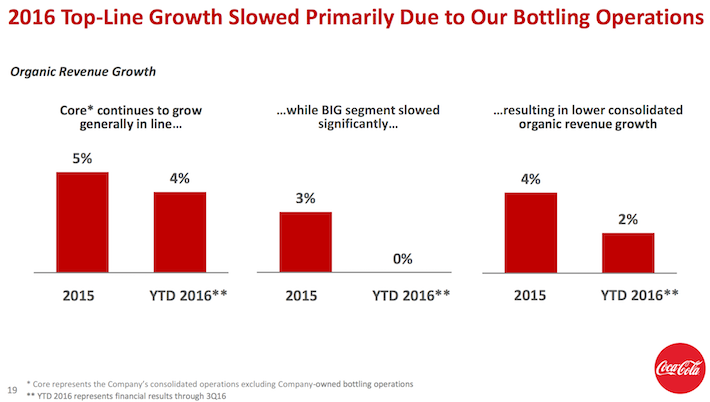
The letter mostly uses exchange-traded funds, which stay recommended for two years, on average. The letter’s recommendations have been one-third less volatile than the S&P index, helping propel InvesTech to the number-two ranking in Hulbert’s universe on a risk-adjusted basis. Over those years, the letter ranks number three among the 25 fund letters Hulbert has followed that long. Thanks to some awesome market calls, InvesTech’s recommendations have returned an annualized 8.7% over the past 15 years-an average of 4.1 percentage points better than the S&P. His mix of fundamental and technical indicators strikes me as well thought out. Jim Stack’s InvesTech Research (opens in new tab) newsletter, whose motto is “safety first,” is no stranger to readers of this column. In terms of absolute returns, the letter ranks sixth on Hulbert’s list on a risk-adjusted basis, it ranks fifth. Over the past 15 years, the letter’s portfolios have returned an average of 7.2% annualized, beating the S&P 500 by 2.7 percentage points per year and doing so with 15% less volatility than the index. As befits a newsletter that recommends Vanguard funds, Wiener eschews market timing and, on average, holds funds nearly four years. But so does his fund selection, which includes a longtime overweight in health care stocks. Vanguard’s low costs give him a huge advantage. The letter costs $100 a year.ĭan Wiener, editor of the Independent Adviser for Vanguard Investors (opens in new tab), has built his success largely by investing in-of all things-Vanguard’s actively managed funds.


Lowell wins special kudos for performing well even though he limits his picks to Fidelity funds, which have been only so-so performers in recent years. His five portfolios hold funds an average of 1½ years. Editor Jim Lowell offers solid investment advice amid a sea of nautical metaphors.


 0 kommentar(er)
0 kommentar(er)
